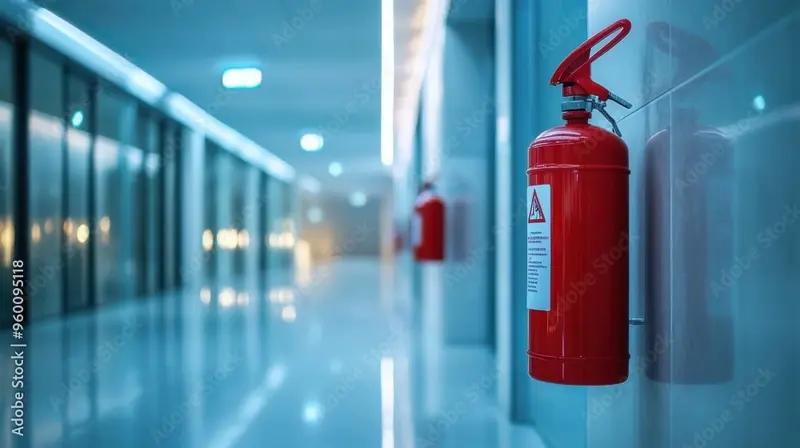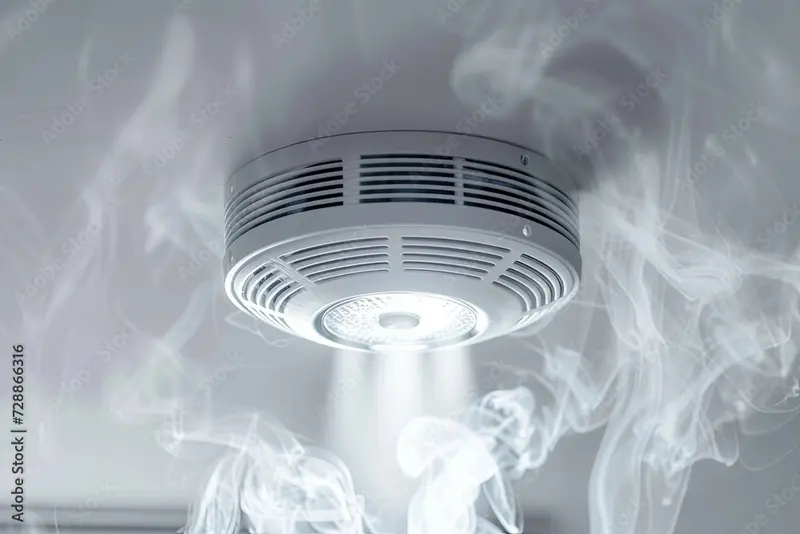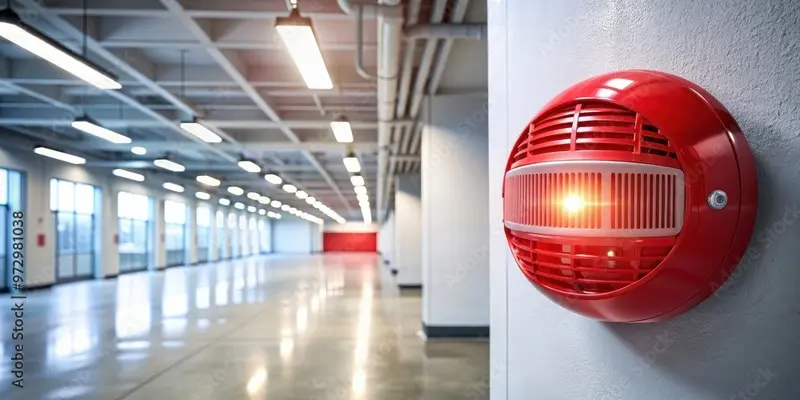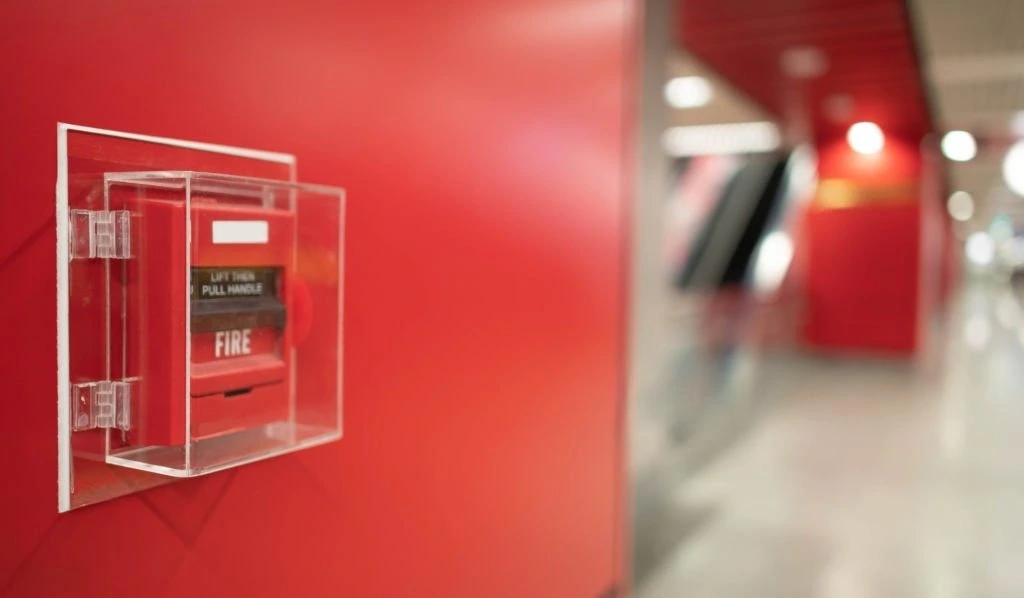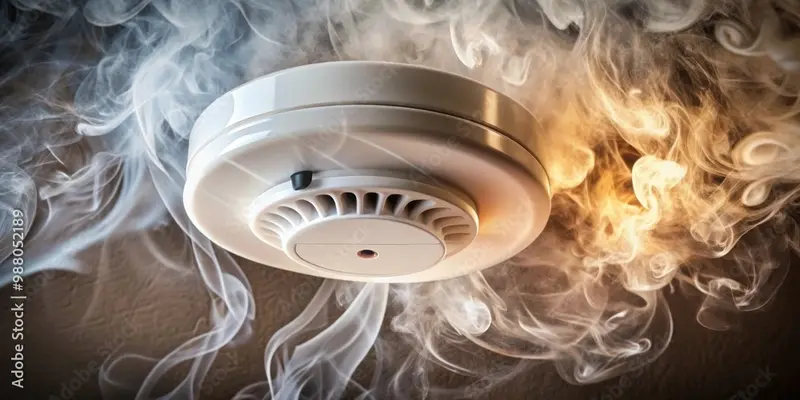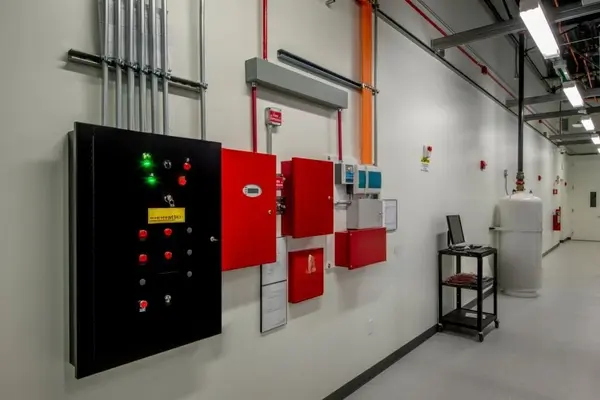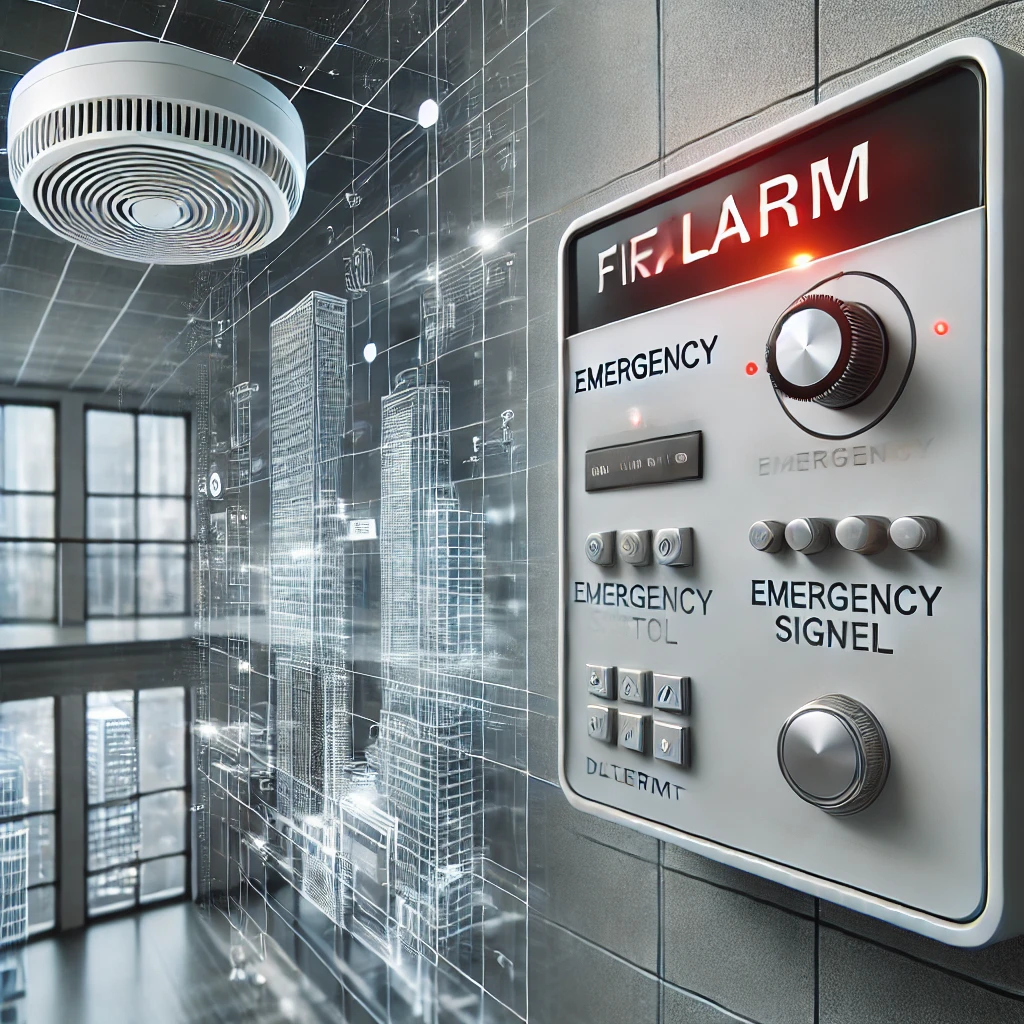
FIRE ALARM SYSTEM
Here’s a detailed look at the main components of a fire alarm system:
1. Fire Alarm Control Panel (FACP) :
*Description: The central hub of the fire alarm system, where all other components connect.
*Function: Monitors input from detection devices, controls signaling devices, and manages system status (normal, alarm, or fault).
*Types: Addressable panels (identify exact device locations), and Networked panels (used in large buildings or complexes).
2. Smoke Detectors :
*Description: Sensors that detect smoke particles in the air, often installed on ceilings or high points of rooms.
*Types: Ionization detectors (good for fast-flaming fires) and photoelectric detectors (better for slow, smoldering fires).
*Function: Trigger an alarm if smoke is detected, alerting occupants of potential fire.
3. Heat Detectors:
*Description: Devices that detect high temperatures or a rapid increase in temperature in an area.
*Types: Fixed temperature detectors (activate at a specific temperature) and rate-of-rise detectors (activate based on rapid temperature change).
*Function : Useful in areas with high dust or steam where smoke detectors may give false alarms.
4. Manual Call Points (MCP) or Pull Stations :
*Description: Wall-mounted stations or buttons placed at accessible points around the building.
*Function: Allows occupants to manually trigger
the fire alarm by breaking glass or pulling down
a lever, ensuring alarms can be raised even if
detectors haven’t activated.
5. Sounders and Strobe Lights :
*Description : Alarm devices that produce loud sounds and/or flashing lights.
*Function : Provide audible and visual alerts to inform occupants of the fire alarm activation, essential in noisy or visually obstructed environments.
6. Fire Alarm Annunciators :
*Description : Remote display panels that provide information on the fire alarm status.
*Function : Located in areas where monitoring is
needed but a control panel is inaccessible :
helpful for first responders.
7. Power Supply and Backup Battery :
*Description : Supplies power to the fire alarm system, including a battery backup in case of power failure.
*Function : Ensures the system remains operational during a power outage, crucial for continuous protection.
Each of these components plays a key role in ensuring that a fire is detected promptly and that occupants are alerted quickly, allowing for safe evacuation and immediate respo .


